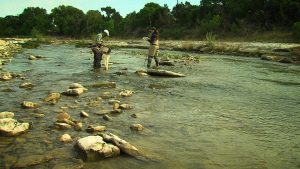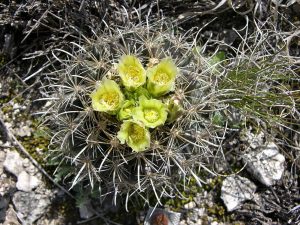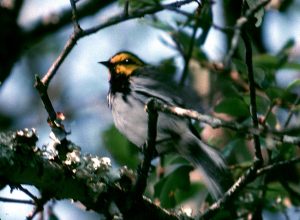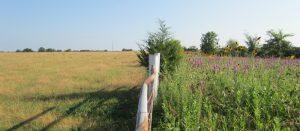Boredom to Battle Zone: Hunting Rabbits
Monday, April 23rd, 2018This is Passport to Texas
When most people think of hunting, they think: deer, dove, duck and feral hogs. But, Andy Gluesenkamp, director of conservation at the San Antonio Zoo, isn’t most people.
I hunt primarily rabbits; rabbit hunting is really near and dear to my heart.
Andy’s love affair with rabbit hunting started when he was a boy spending time in the field alongside his father.
I have really fond memories of hunting rabbits with my dad. So, I can say I think it’s the best way to start kids on hunting, because I can look at my personal experience and tie my love of nature all the way back to those early experiences.
Hunting for small game like rabbit has its own rhythm.
Rabbit hunting is the perfect balance between the abject boredom that goes with sitting in a deer blind, and maybe or maybe not seeing a deer, and maybe or maybe not getting to shoot at it, and the battle zone, frontline, fire fest that can be a good day of dove hunting. So, somewhere between being bored out of your socks and sounding like you’re in an air raid is rabbit hunting.
Andy Gluesenkamp says it’s like a walk in the woods interspersed with the excitement of sighting your prey and taking a good shot. More on rabbit hunting tomorrow.
That’s our show for today… Funding provided in part by Ram Trucks. Guts. Glory. Ram
For Texas Parks and Wildlife, I’m Cecilia Nasti.







 Passport to Texas is a
Passport to Texas is a  Passport to Texas is made available by:
Passport to Texas is made available by: